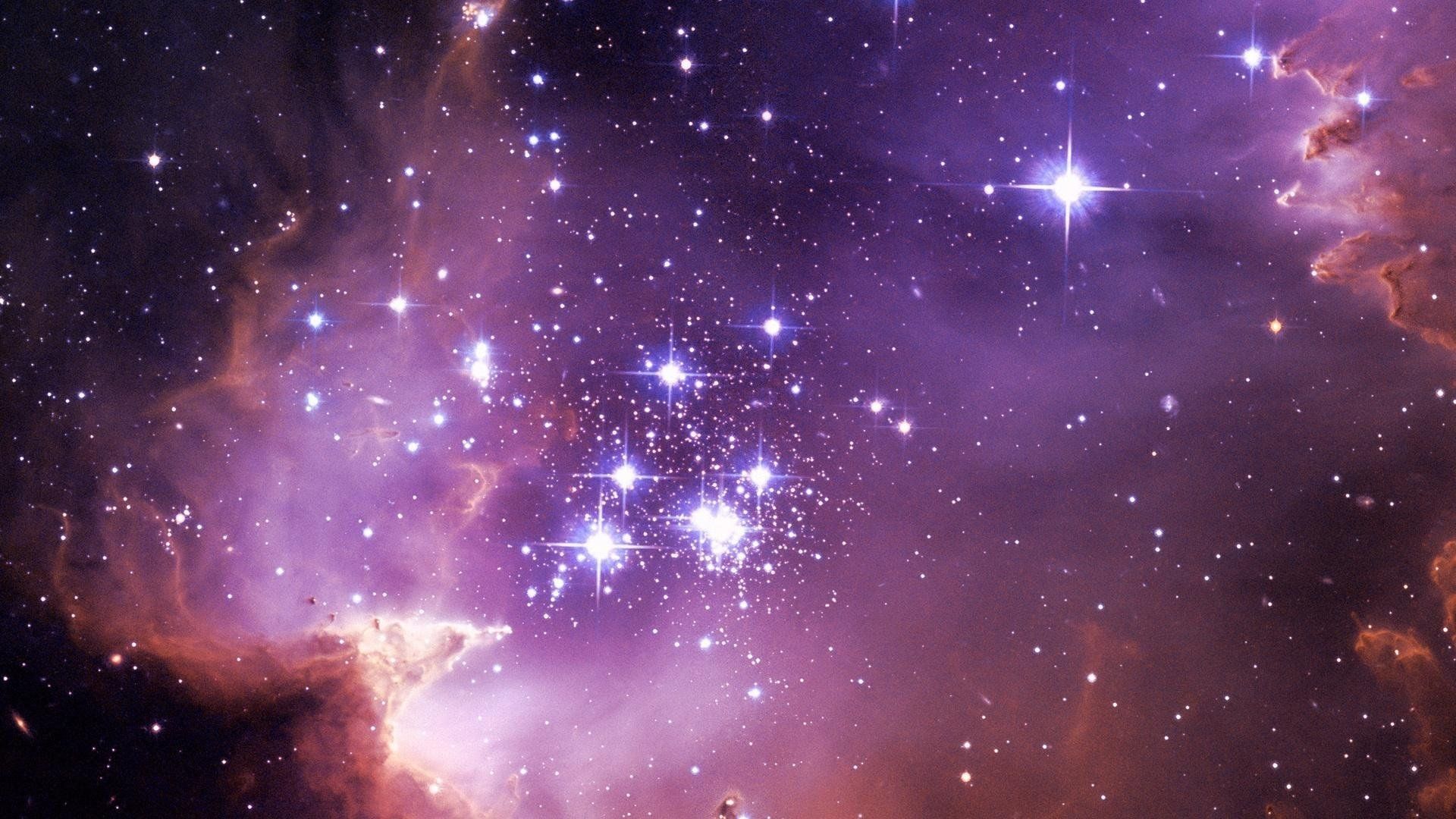

PBS Space Time
Season 2017
PBS Space Time explores the outer reaches of space, the craziness of astrophysics, the possibilities of sci-fi, and anything else you can think of beyond Planet Earth. Host Matt O'Dowd breaks down the both the basic and incredibly complex sides of space and time.
Where to Watch PBS Space Time • Season 2017
45 Episodes
- The Phantom SingularityE3
The Phantom SingularityIsaac Newton’s Universal Law of Gravitation tells us that there is a singularity to be found within a black hole, but scientists and mathematicians have found a number of issues with Newton’s equations. They don’t always accurately represent reality. Einstein’s General Theory of Relativity is a more complete theory of gravity. So does using the General Theory of Relativity eliminate the singularity? No. Not only does it concur with Newton’s Universal Law of Gravitation but it also reveals a second singularity, not at the center of the black hole but at the event horizon. - Why Quasars are so AwesomeE4
Why Quasars are so AwesomeWhen Quasars were first discovered the amount of light pouring out of such a tiny dot in space seemed impossible. A hysterical flurry of hypothesizing followed: swarms of neutron stars, alien civilizations harnessing their entire galaxy’s power, bright, fast-moving objects being ejected by our own galaxy’s core. But by the 1980’s we were converging on the most awesome explanation. It goes a little like this: Take a black hole of millions to billions times the mass of the sun. Where from? It turns out every decent-sized galaxy has one at its core. Now drive gas into the galactic core. One way this can happen is when galaxies merge and grow. That gas descends into the waiting black hole’s gravitational well and gains incredible speed on the way. It is swept up in a raging whirlpool around the black hole that we call an accretion disk, where its energy of motion is turned into heat. The heat-glow of the accretion disk is so bright that we can see quasars to the ends of the universe. - The Race to a Habitable Exoplanet - Time Warp ChallengeE9
The Race to a Habitable Exoplanet - Time Warp ChallengeYou’ve discovered a habitable exoplanet, but so has an an evil interplanetary mining corporation. Can you get to the planet before they strip it bare and leave it unsuitable for life? You’re going to need a ship, the Lorentz Transformation and the Wait Equation. Hang on, it’s going to be a bumpy ride. - The Fate of the First StarsE19
The Fate of the First StarsSoon after the Big Bang, the first generation of monstrously large stars ignited, lit up the universe, and then died. The resulting swarms of supernova explosions enriched the universe with the first heavy elements and LOTs of black holes. They shaped everything that came after. These were the stars of Population III, and they are one of the most enduring mysteries in astrophysics. - Supervoids vs Colliding Universes!E20
Supervoids vs Colliding Universes!If you study a map of the Cosmic Microwave Background, or CMB, you may notice a large, deep blue splotch on the lower right. This area, creatively named the Cold Spot. Is this feature a statistical fluke, the signature of vast supervoids, or even the imprint of another universe? - The First Quantum Field TheoryE22
The First Quantum Field TheoryQuantum mechanics is perhaps the most unintuitive theory ever devised. And yet it’s also the most successful, in terms of sheer predictive power. Simply by following the math of quantum mechanics, incredible discoveries have been made. Its wild success tells us that the mathematical description provided by quantum mechanics reflects deep truths about reality. And by far the most successful, most predictive formulation of quantum mechanics is quantum field theory. It is our best description we have of the fundamental workings of reality. And the first part of quantum field theory that was derived – quantum electrodynamics – is the most precise, most accurate of all. - The Secrets of Feynman DiagramsE26
The Secrets of Feynman DiagramsUnlock the secrets of Feynman Diagrams. Part 5 in our Quantum Field Theory series. And if you're submitting an answer to our challenge question email your answer by August 2nd to pbsspsacetime@gmail.com with the subject line "Feynman Diagram Challenge." - Are the Fundamental Constants Changing?E34
Are the Fundamental Constants Changing?The laws of physics are the same everywhere in the universe. At least we astrophysicists hope so. After all, it’s hard to unravel the complexities of distant parts of the universe if we don’t know the basic rules. But what if this is wrong? There is a hint of evidence that the fundamental constants that govern our universe may evolve over time, and even from one location to another.
